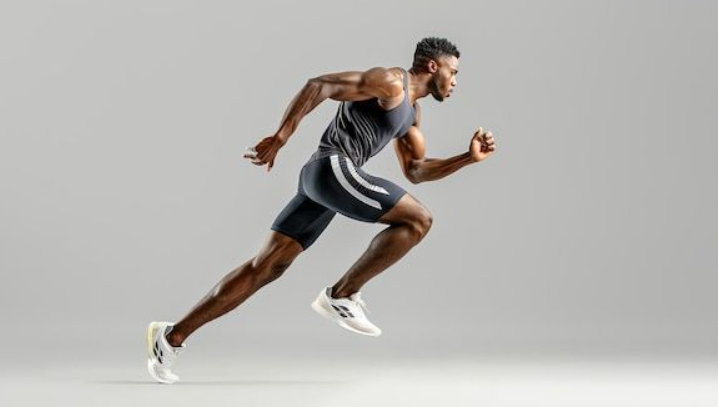In modern sports, tracking an athlete’s progress is no longer based solely on wins, goals, or highlight moments. Today, performance is evaluated through a combination of physical, technical, and cognitive indicators — measured consistently and with precision. Whether it’s a youth academy prospect or an elite professional, knowing what to measure (and why) is key to long-term development and success.
As data analytics and sports science continue to evolve, coaches, trainers, and analysts are redefining how progress is monitored. But with hundreds of potential metrics available, which ones actually matter?
Why Metrics Matter in Modern Sports
Measuring progress isn’t just about comparing current performance to past results — it’s about identifying strengths, spotting weaknesses early, and customizing development plans. The right metrics help:
- Prevent injuries by flagging abnormal physical loads
- Monitor fitness levels across a season
- Optimize training schedules for peak performance
- Compare players objectively during scouting or selection
Using evidence-based performance data allows teams to move beyond opinion and intuition, creating a clearer picture of an athlete’s true capabilities.
Core Categories of Athlete Metrics
Athlete progress can be divided into four broad categories: physical, technical, tactical, and mental. Each sport emphasizes these differently, but the balance between them is essential.
Here’s a snapshot of commonly used performance indicators:
| Metric Type | Key Indicator | What It Measures |
|---|---|---|
| Physical | VO2 Max | Aerobic capacity and endurance |
| Technical | Pass Accuracy (Football) | Execution under pressure |
| Tactical | Heat Maps / Positioning | Spatial awareness and decision zones |
| Cognitive | Reaction Time | Decision speed under stress |
This balanced approach ensures that both the body and the brain are developing in sync — a vital aspect of success in high-performance sport.

Essential Metrics to Monitor Athlete Development
While every sport has its own priorities, there are a few cross-disciplinary metrics that apply to nearly all high-level athletes.
4 Key Metrics Worth Tracking:
- Aerobic Capacity (VO2 Max):
Measures how efficiently an athlete uses oxygen — critical for endurance in sports like football, cycling, and tennis. - Speed & Acceleration:
Sprint times over 5m, 10m, and 30m are valuable across field sports and combat disciplines. - Load Management (GPS/Heart Rate Data):
Tracks how much effort an athlete exerts during training and matches, helping prevent overtraining and injury. - Decision-Making Speed:
Cognitive tests and in-game data can show how fast athletes react under pressure — essential for playmakers and goalkeepers.
These indicators, when tracked over time, give coaches a clear view of progress and help adjust training in real time.
The Role of Technology in Measuring Progress
Thanks to wearable devices, video analysis software, and AI-based tracking tools, it’s now easier than ever to collect reliable data. Systems like Catapult, STATSports, and Polar monitor heart rate, distance covered, sprint effort, and player movement in matches.
Meanwhile, platforms like Hudl and Wyscout help coaches analyze technical and tactical performance frame-by-frame. In cognitive and psychological development, reaction time apps and neuro-training software have become more common at elite levels.
Importantly, tech isn’t used to replace coaching insight — it’s there to enhance decision-making and tailor feedback based on real evidence.
Caution: Don’t Rely on Numbers Alone
As powerful as data can be, it’s not the whole picture. Some traits — leadership, resilience, game intelligence — are harder to quantify. That’s why experienced coaches still rely on observational assessment and subjective feedback alongside numbers.
A holistic model combines metrics, context, and human understanding. This ensures that athletes aren’t reduced to spreadsheets, but are supported as complete individuals.
In today’s performance-driven sports environment, progress is measurable — but only when the right metrics are in place. From VO2 Max to cognitive response time, the best indicators provide coaches and athletes with a roadmap for long-term growth.
Ultimately, success is built not just on raw talent, but on the ability to monitor, adapt, and improve. And with the right tools and focus, tracking progress becomes more than a statistic — it becomes a strategy.
